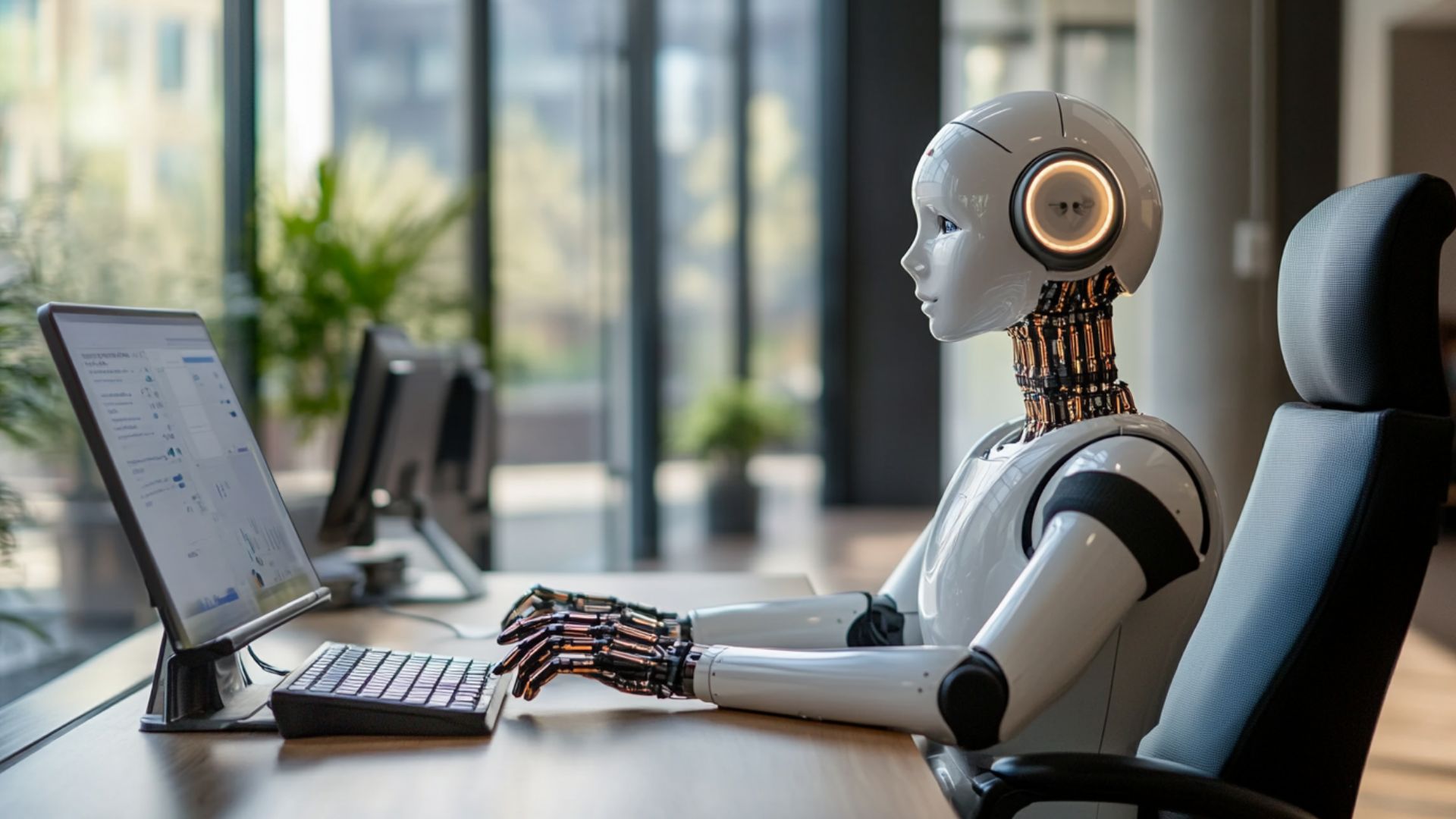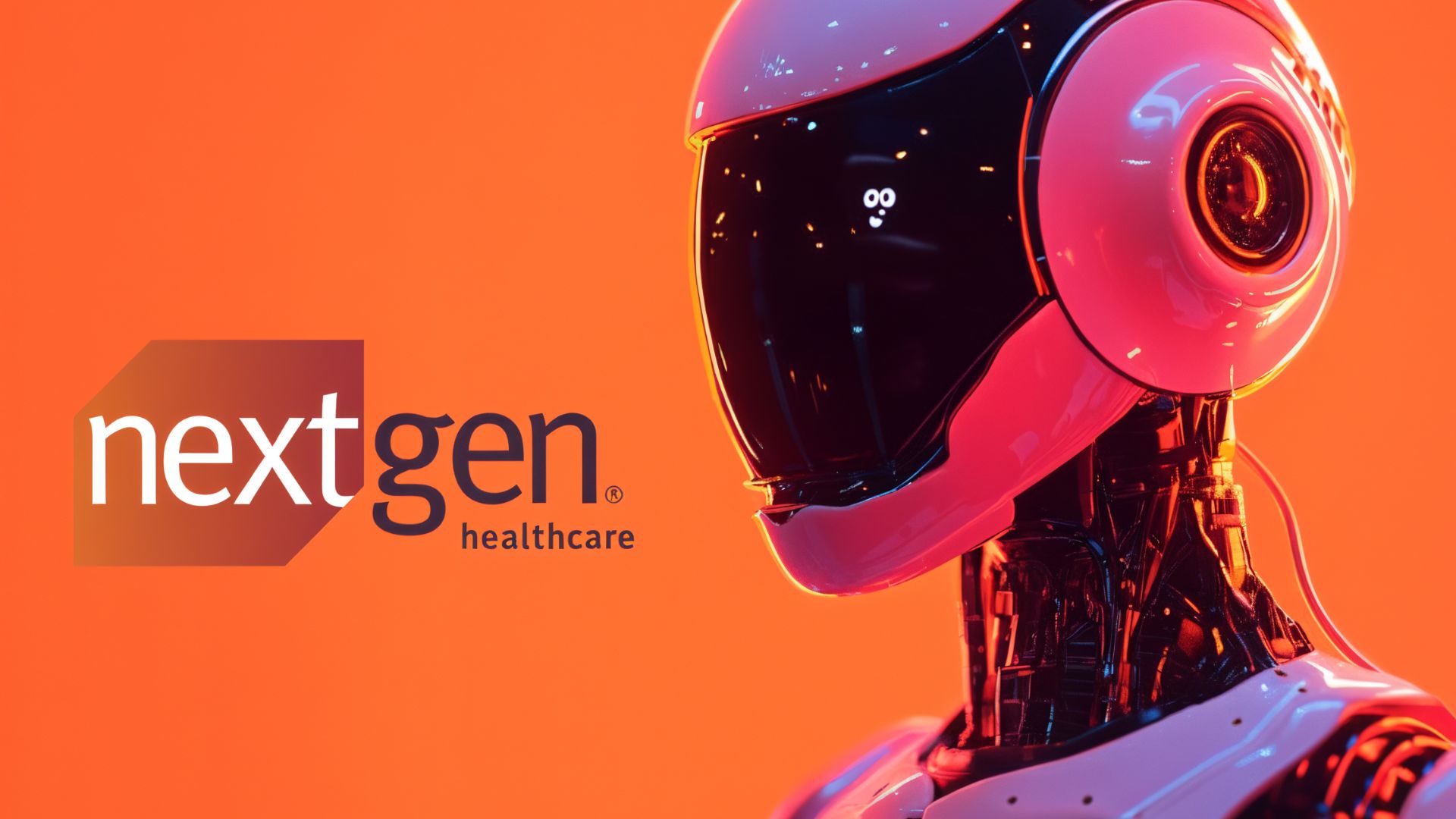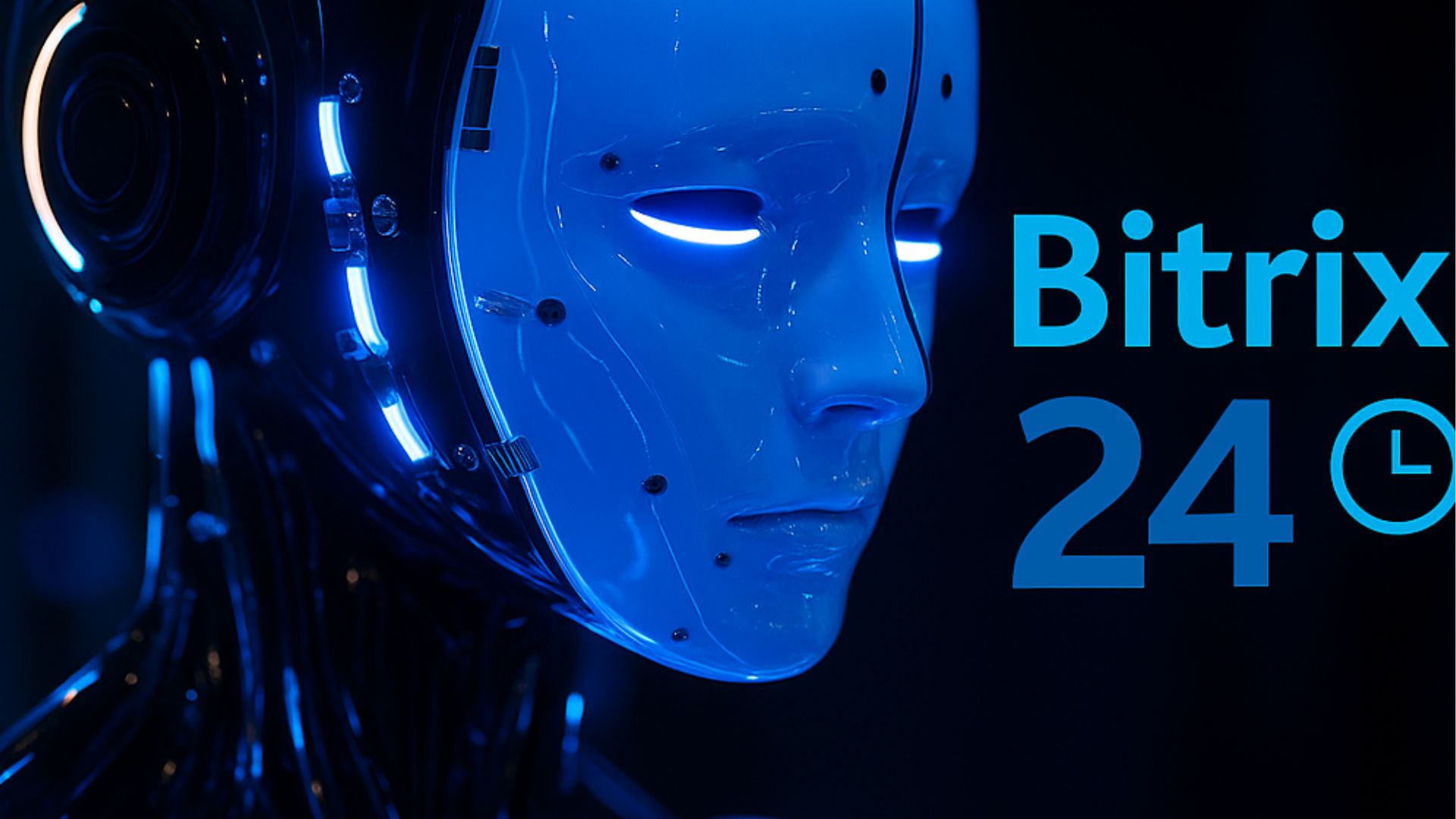Automated vs Automatic: The Foundation of Intelligent Systems
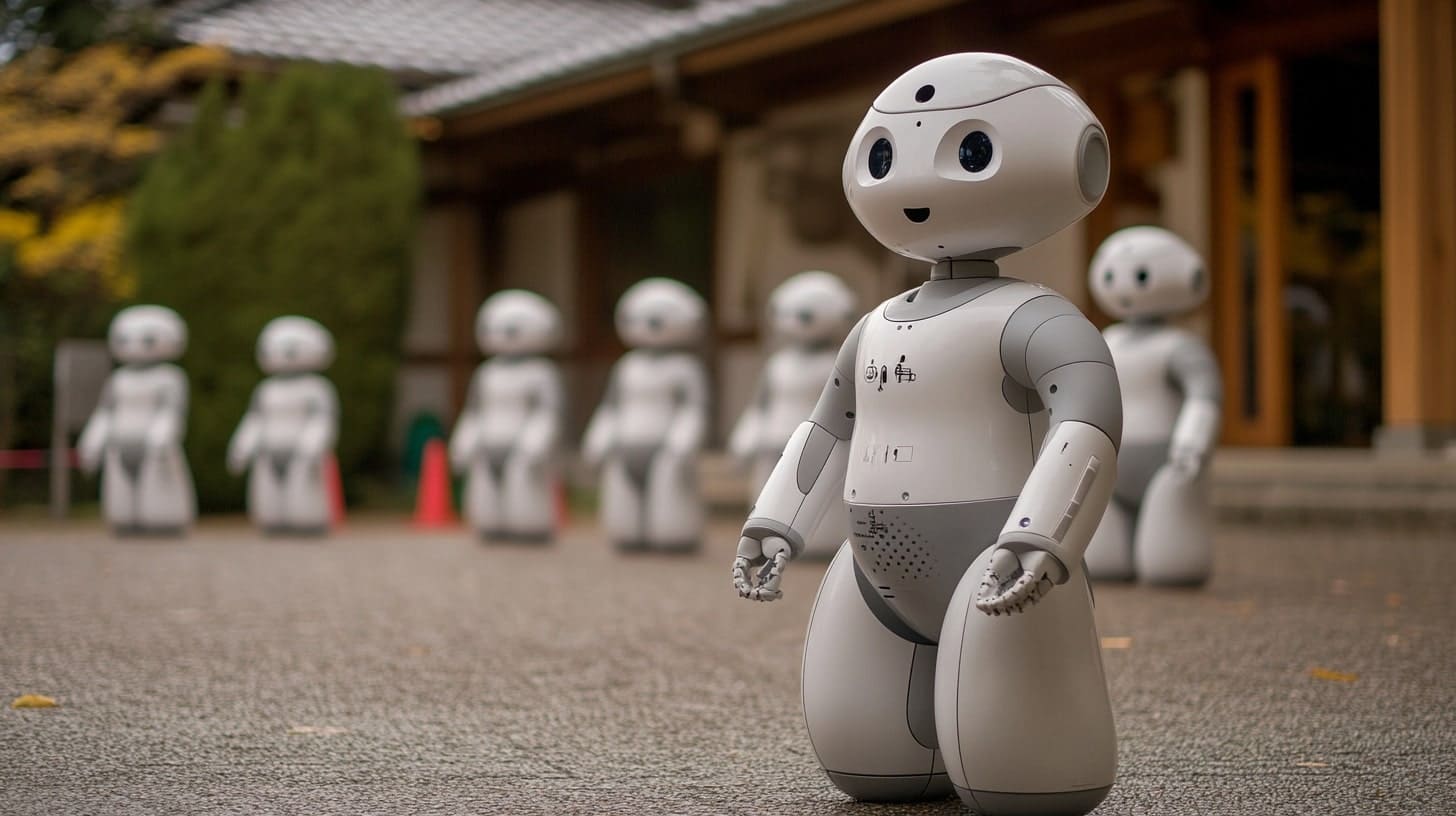
The terms 'automated' vs 'automatic' often cause confusion. Both describe systems that operate without constant human input. Yet, their differences are critical in today’s tech-driven world. Automated systems use advanced technologies, most commonly artificial intelligence (AI), to adapt and make decisions. Automatic systems follow preset rules without flexibility. This distinction matters across industries. The choice between automated and automatic systems affects innovation across everything from smart home devices to complex industrial machinery.
Misunderstanding these terms can lead to poor tech investments. It can also hinder progress in intelligent systems. As businesses embrace digital transformation, clarity is vital. Understanding the difference between automatic and automated systems helps leaders select the right tools. It ensures systems align with goals like scalability and adaptability. This article explores their differences and highlights why understanding them is crucial for technologies ranging from everyday appliances to cutting-edge financial platforms.
Automated vs Automatic: What’s the Real Difference?
The distinctions between automated and automatic are critical in understanding modern systems. Automatic systems are pre-programmed with fixed responses. They execute tasks without deviation, relying on set rules. Automated systems incorporate feedback loops, decision-making, or machine learning. They adapt to new data and optimize performance. The difference between automated and automatic shapes their applications. They range from simple devices to complex ecosystems.
Key distinctions include:
- Core Mechanism: Automatic systems follow rigid instructions, like a microwave’s timer. Automated systems adjust, like a smart oven, optimizing cooking based on food type.
- Adaptability: Automatic systems lack flexibility; an automatic sprinkler runs on a schedule. Automated systems, like smart irrigation, adjust to weather forecasts.
- Decision-Making: Automatic systems don’t decide. A vending machine dispenses as programmed. Automated systems, like autonomous drones, navigate obstacles dynamically.
- Learning Capability: Automatic systems don’t evolve, like a basic thermostat. Automated systems learn, like spam filters refining detection over time.
- Complexity: Automatic systems are simple, like a light sensor triggering a bulb. Automated systems handle complexity, like AI managing supply chains.
Real-world analogies highlight the difference between automated and automatic. An automatic washing machine runs a preset cycle, ignoring load size. A robotic smart washer adjusts water and detergent based on sensors. An automatic bill payment in finance follows a schedule. An automated system analyzes spending patterns to optimize budgets. The distinction between automated and automatic impacts efficiency and innovation. Automatic systems suit predictable, repetitive tasks. Automated systems excel in dynamic environments, leveraging feedback and AI. Understanding this distinction ensures that businesses and individuals choose systems. They align with their needs, balancing simplicity with adaptability in a tech-driven world.
Automatic Systems in Action: Everyday Examples
Computerized systems differ significantly in functionality. Automatic systems follow fixed, pre-programmed instructions. They lack adaptability or learning capabilities. Unlike automated systems, which adjust based on feedback, automatic systems repeat tasks consistently. Everyday examples of automatic systems showcase both their simplicity and reliability in routine operations. These devices perform specific functions without adapting or responding to changing conditions.
Key examples of automatic systems include:
- Light Sensors: Outdoor lights with sensors turn on at dusk and off at dawn. They follow a preset light-level trigger. No learning occurs, unlike automated smart lights adjusting to user habits.
- Automatic Car Transmissions: These shift gears based on speed and engine load. Pre-programmed rules govern shifts. They don’t adapt to driving styles, unlike automated self-driving car systems.
- Coffee Makers: A timed coffee maker brews at a set hour. It follows a fixed schedule. It can’t adjust brew strength, unlike automated machines learning user preferences.
- Washing Machines: Standard models run pre-set cycles for washing and rinsing. Automated or automatic smart washers optimize water use. They don’t adapt to load size or fabric type.
- Thermostats (Non-Smart): Basic thermostats maintain a set temperature. They turn heating or cooling on/off based on fixed thresholds. They lack the adaptability of automated smart thermostats.
- Vending Machines: These dispense items when payment and selection are typically made. Unlike automated systems that personalize offerings based on trends. They follow a rigid process.
- Automatic Doors: Light sensors trigger doors to open when motion is detected. Unlike automated systems that adjust for crowd flow, the response is generally fixed.
Automated vs automatic distinctions show that robotic systems excel in predictable tasks. A coffee maker brews reliably, but it won’t optimize flavor. Similarly, light sensors ensure consistent operation without learning. These systems are cost-effective and simple, ideal for straightforward needs. Their lack of adaptability limits their use in dynamic environments, where systems shine. Understanding automated and automatic systems helps users choose tools that match their goals.
Automated Systems Explained: Meaning, Use Cases, and Flexibility
The meaning of an automated system centers on systems that use feedback, decision-making, or AI to adapt and optimize tasks. While automatic systems like coffee makers or light sensors follow fixed rules, automated systems learn and adjust. The definition of an automated process involves workflows that self-improve through data inputs. It reduces human intervention. Intelligent process automation (IPA) combines AI, machine learning, and robotic process automation (RPA). These technologies help to enhance flexibility. Creating an automated process requires defining tasks, integrating sensors or data sources, and implementing adaptive algorithms.
Key aspects and use cases include:
- Automated System Meaning: Systems that self-regulate using feedback loops. They adapt to changes, unlike rigid, automatic examples like vending machines.
- Smart Factories: Automated production lines adjust output based on demand. Sensors and AI optimize efficiency beyond automatic examples like basic assembly robots.
- IT Workflows: Automated systems manage server maintenance. They detect issues, allocate resources, and resolve problems without manual input.
- Customer Service: Chatbots use IPA to handle queries. Unlike recorded phone menus, they learn from interactions, improving responses over time.
- Financial Fraud Detection: IPA analyzes transactions in real-time. It flags anomalies, learning new patterns, unlike scheduled bill payments.
- Creating Automated Processes: Define clear objectives, like streamlining invoicing. Integrate data sources like ERP systems. Use AI or RPA tools to enable adaptability. You must also test and refine for accuracy.
The definition of automated processes emphasizes dynamic workflows. In smart factories, IPA adjusts production speeds based on real-time data. In customer service, chatbots evolve through user interactions. The core value of AI systems is their flexibility, which enables scalability and innovation. Automated systems thrive in complex environments where learning and adaptation are essential. To implement, firms must invest in AI tools, train staff, and ensure data integration. This approach unlocks efficiency and positions businesses for a tech-driven future.
The Role of Automation in Intelligent Systems
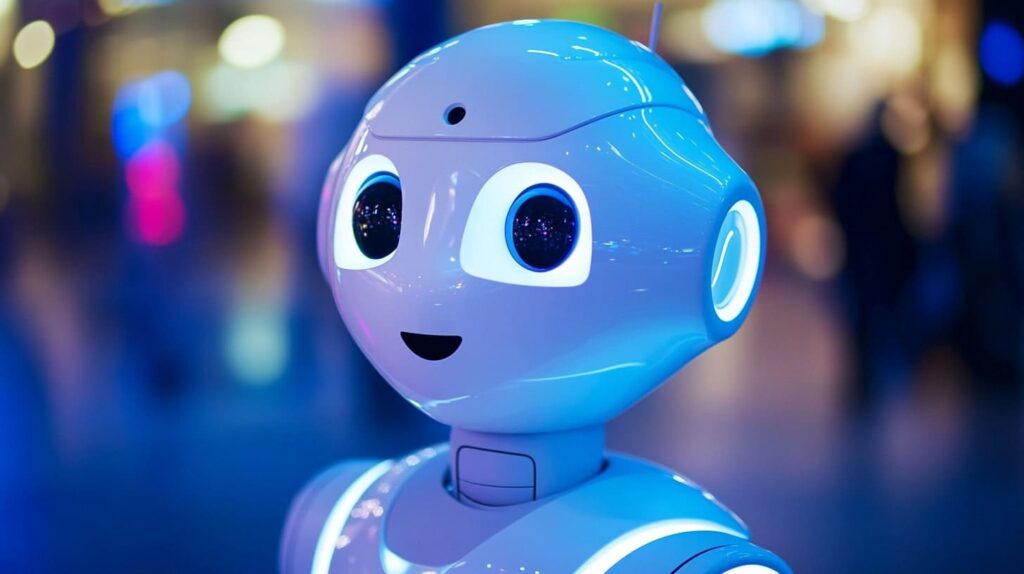
Automation is the backbone of intelligent systems. It uses feedback and AI to adapt and optimize tasks. Unlike an automatic system, which follows fixed rules, automated ones evolve. The difference between them lies in scope. Automation streamlines and accelerates processes by handling repetitive tasks with precision. AI adds a critical layer of intelligence. It allows systems not only to perform tasks but also to learn from data and make informed decisions. Robotic systems integrate AI capabilities in intelligent ecosystems to become self-learning and adaptive. This powerful combination fuels continuous improvement and boosts efficiency. It drives innovation across industries, from manufacturing to healthcare and beyond.
Key roles of automation in intelligent systems include:
- Foundation for AI: Automated systems provide data pipelines. Unlike timers, AI analyzes this data to learn and predict.
- Adaptability: Automated systems adjust based on inputs. AI enhances this, as fraud detection evolves with new patterns. Automatic systems lack such flexibility.
- Self-Learning: AI in automated systems refines processes. For example, smart factories optimize production. Automatic systems, like basic robots, don’t learn.
- Efficiency Gains: Automated systems with AI reduce manual work. Predictive maintenance prevents downtime. Automatic systems repeat tasks without optimization.
- Scalability: Automated systems handle growing complexity. AI-driven customer service scales with demand. Automatic systems are limited to preset functions.
- Intelligent Ecosystems: Automated systems connect devices and data. AI creates smart homes that adjust to user habits. Automatic systems operate in isolation.
- Error Reduction: Automated systems with AI detect anomalies. They improve accuracy, unlike automatic systems prone to repetitive errors.
The difference between automation and AI shapes intelligent systems. Automation provides structure. AI adds cognition. An automated system with AI evolves, like chatbots improving responses. Without AI, an automatic system like a coffee maker stays static. In finance, automated systems analyze real-time data for insights. Automatic systems only process scheduled tasks. By integrating AI, automated systems become dynamic, enabling self-learning and adaptability. This fusion powers intelligent ecosystems, driving efficiency and innovation in a tech-driven world.
Benefits of Intelligent Process Automation (IPA)
An intelligent process automation (IPA) system combines AI, machine learning, and RPA. The concept of automated systems emphasizes adaptability and intelligence in workflows. An automated process leverages data to optimize tasks, reducing human effort. IPA delivers transformative benefits, including significant cost reduction and seamless scalability. Automated systems minimize manual effort and errors. They streamline workflows and boost productivity. Cost savings arise from reduced labor and optimized resources. Scalability ensures automated systems adapt to growing demands without costly overhauls. These advantages make automated systems indispensable for modern finance, manufacturing, and healthcare industries. IPA empowers businesses to stay competitive and thrive in a technology-driven global market.
The table below outlines the key benefits of IPA:
| Benefit | Description |
| Efficiency | IPA streamlines repetitive tasks. AI optimizes workflows, like invoice processing. It saves time and boosts productivity. |
| Cost Reduction | AI systems lower labor and operational costs. RPA handles data entry, reducing staffing needs and minimizing errors. |
| Scalability | Automated systems adapt to growing demands. Cloud-based IPA scales without costly infrastructure, supporting business expansion. |
| Accuracy | Automated processes reduce human errors. AI validates data, ensuring precise outcomes in tasks like financial reporting. |
| Speed | AI systems accelerate operations. Real-time analytics and RPA enable faster decision-making and task completion. |
| Client Experience | Automated processes enhance service delivery. AI-driven chatbots provide 24/7 support, improving satisfaction and response times. |
| Data-Driven Insights | These systems leverage advanced analytics. Predictive models uncover trends, aiding strategic planning in dynamic markets. |
The concept of automated systems highlights IPA's role in modernizing operations. In finance, IPA systems detect fraud instantly, saving millions. In manufacturing, computerized systems optimize production, reducing waste. These systems scale effortlessly, handling increased workloads without proportional cost hikes. By minimizing errors, IPA ensures reliable outcomes and builds trust. The speed of automated processes empowers firms to stay competitive. Enhanced customer experiences through automated systems foster loyalty. Data-driven insights drive innovation, making IPA a cornerstone of digital transformation across sectors.
Choosing the Right System: When to Use Automated or Automatic Solutions
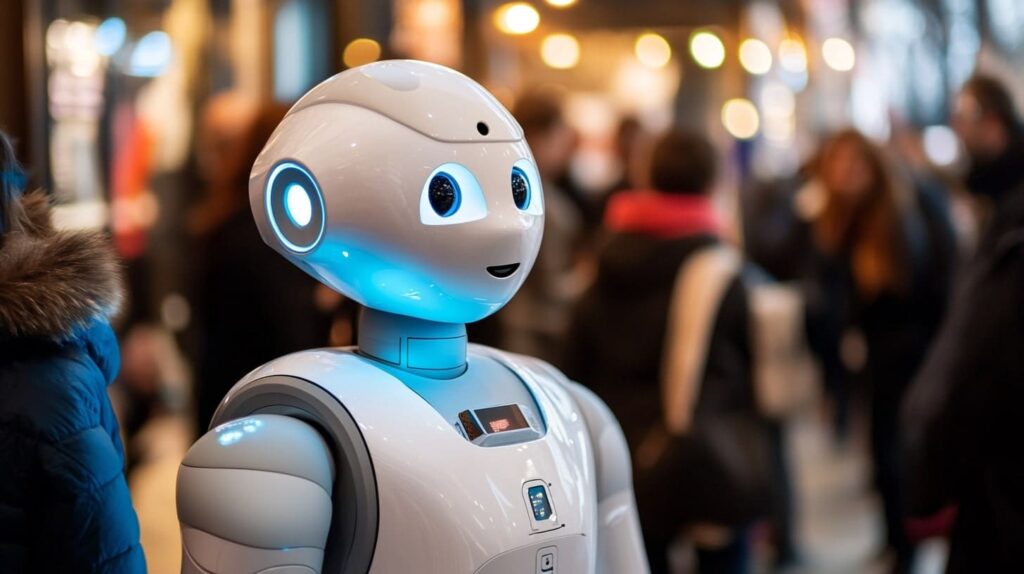
Selecting between automated and automatic systems depends on the environment and goals. What are the advantages of intelligent process automation? Automated systems offer adaptability, scalability, and learning, ideal for complex settings. Automatic systems are simple, reliable, and suited for fixed tasks. What do you need to write to create an automated process? Define tasks, integrate data sources, and code adaptive algorithms. The choice between automated or automatic systems depends on scalability needs, task complexity, and desired user control.
Key considerations include:
- Home Environments: Automatic systems suit simple tasks like coffee makers. Automated systems are better for dynamic needs, learning user habits.
- Industrial Settings: Automated systems excel in smart factories, optimizing production. Automatic systems, like basic conveyors, work for repetitive tasks but lack flexibility.
- Enterprise Tech: What are the benefits of intelligent process automation? Automated systems scale for IT workflows or customer service. Automatic systems handle fixed processes like scheduled backups.
- Scalability: Automated systems adapt to growth, like cloud-based ERP. Automatic systems are generally limited and suited for static workloads.
- Complexity: Automated systems manage complex tasks with AI. Automatic systems are for straightforward, rule-based jobs.
- User Control: Automatic systems need manual adjustments. Automated systems offer less oversight but require initial setup.
Let’s explore the decision framework:
- Choose Automatic If: Tasks are repetitive, predictable, and low-cost, like light sensors.
- Choose Automated If: Tasks require adaptability, scalability, or fraud detection.
- Checklist: Assess task complexity, growth potential, budget, and tech expertise. Ensure data integration for automated systems. Test reliability for automatic systems.
Selecting automated or automatic technology should align with your specific needs. AI systems are cost-effective for simple tasks. The benefits of intelligent process automation are significant. Systems that leverage these advantages drive innovation in dynamic environments. Clear objectives and adaptive code ensure success. This framework provides the right system to enhance efficiency and meet long-term goals. For more information on choosing the right system, consult with our automation experts.
